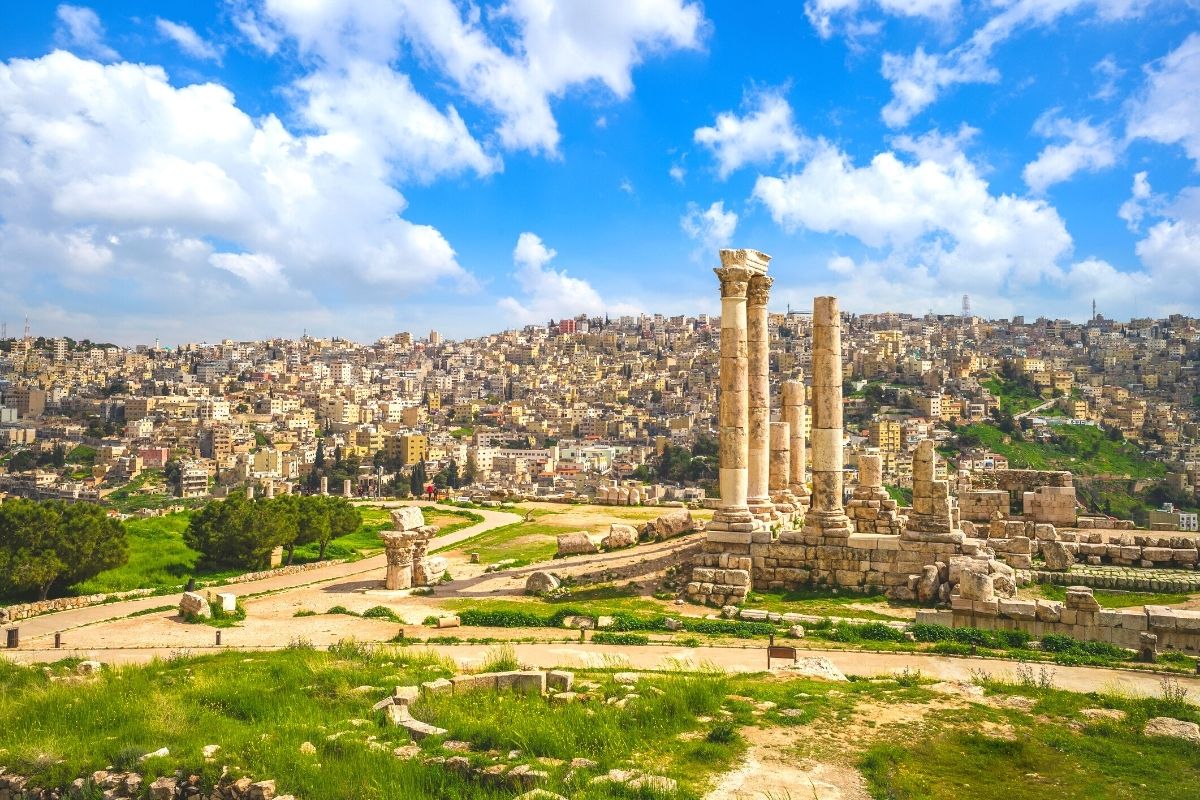
Amman
As Middle Eastern cities go, Amman is a relative youth, being mostly a creation of the 20th century. But though it lacks the storied history and thrilling architectural tapestry of other regional capitals, there’s plenty here to encourage you to linger awhile before making for Petra, the Dead Sea or Wadi Rum. Like going to visit the Citadel , Archaeological Museum and other interesting places. In fact, Amman is one of the easiest cities in which to enjoy the Middle East experience.
In the Hellenistic period, with the Middle East divided between Alexander the Great’s warring successors, the city changed hands periodically between the Egyptian Ptolemies and the Syrian Seleucids, and was rebuilt by Ptolemy II Philadelphus (28 3-246 BC) who renamed it Philadelphia. The Nabataeans also ruled it for some time.
Prosperity grew under the Romans as a city of the Decapolis, resulting in many new buildings – a theatre, odeon and forum in the lower town, which were connected by a monumental stairway to the new temples on the citadel above. Philadelphia remained wealthy throughout the Byzantine period, when it was the seat of a bishopric, and also after the Arab conquest of 636, witnessed by the remains of a handsome 8th-century Umayyad palace and administrative complex. It is from this period onwards that the city reverted to a version of its early Semitic name: Amman.
Decline set in after the Abbasids moved the centre of the Islamic world from Damascus to Baghdad in the middle of the 8th century, and by the 15th century, Amman was an abandoned ruin. So it remained until 1878 when the Ottomans settled a group of Circassians here who had fled persecution in Russia because of their Islamic faith. It remained small (in 1918 I E. Lawrence called it a ‘village’) and only after Amir Abdullah made Amman his capital in 1921 did it begin to grow again, expanding from one steep hill to another in a creeping development of pale honey-coloured stone, or concrete. In 1946 the Emirate of Transjordan became a kingdom with Amman as its capital, the seat of government and the commercial, legal and administrative centre of the Hashemite Kingdom of Jordan.
